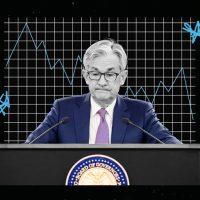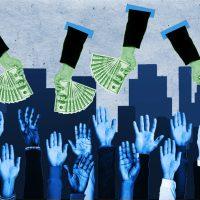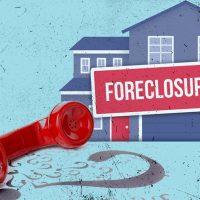Though a foreclosure crisis is on the horizon, experts say recent fiscal policy will prevent a full collapse of the financial system.
“It’s a slow-moving process,” Bill Emmons, an economist at the St. Louis Federal Reserve, said during a presentation on housing insecurity on Wednesday. “It definitely looks like there will be another major event, but hopefully not as bad as the foreclosure crisis associated with the Great Recession.”
Read more



This time around, however, the financial system won’t collapse, Emmons predicted, thanks to measures taken in recent months which provided liquidity to the market. The Fed announced in March it would buy back $200 billion in mortgage-backed securities, and has signaled that its benchmark rate will remain low through 2023, which will in turn keep mortgage rates low. Emmons said public health policies, on the other hand, have “fallen short.”
The actual level of distress is difficult to determine because of eviction and foreclosure bans across the country. But Emmons said the level of past-due mortgages is now at levels seen in the beginning of the Great Recession.
The economist also noted that the impact of Covid is more regressive than in past crises: Lower-income earners are disproportionately impacted due to job losses in the service industry. Renters and young, lower-income homeowners with lower education levels have been hit especially hard, even as some sectors, like luxury homes, show “strength, or even froth,” Emmons said.
The uneven recovery has led to a growing consensus around the idea that the recovery from Covid will be K-shaped, lifting more affluent people out of distress faster while the lower-income population sinks further into poverty.
“Probably the clearest massive supportive income were one-time payments and unemployment benefits, but those provisions expired at the end of July,” said Emmons. “The V has been interrupted.”